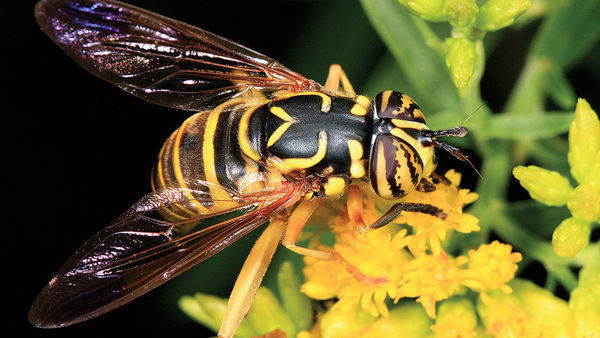
Bt (Bacillus thuringiensis), a soil-dwelling bacterium, produces proteins that are toxic to certain immature insects. Several types of Bt-based insecticides have been approved for use in organic gardening and farming, each type targeting specific insect groups. Because it affects certain pest groups without harming other species, Bt is an ideal addition to an integrated pest management program. (Learn more about IPM.) However, you should know a few things before considering its use.
Be sure to use it on the right pests
Various strains of Bt can be used to control pests such as mosquitoes, flies, and caterpillars. It is important to identify the insects you wish to control before spraying, and to inspect the insects to make sure they are at the correct life stage. Bt is effective only at the larval stage, and it appears to be most effective on younger, smaller larvae.
Avoid unintended exposure
Before using Bt, read all of the guidelines on the product label, particularly regarding the use of appropriate personal protective equipment (PPE). Recommendations typically include wearing waterproof gloves, eye protection, and a high-quality dust- and mist-filtering respirator when mixing and applying Bt. Guidelines may also recommend covering exposed skin with long sleeves, long pants, and shoes with socks. Because the most common methods of accidental exposure are ingestion or inhalation while the product is being sprayed or mixed, anyone who is not equipped with the proper PPE should stay far away when Bt is being used.
More information on managing pests
How to Manage Pests Sustainably with IPM
Garden Pests to Be Aware of in 2019

















Comments
Thanks for the information!
Log in or create an account to post a comment.
Sign up Log in